Reflective Writing
This is the first semester of MACD. At the end of the semester, I would like to summarize and review the work I have done this semester. Since my undergraduate major is environmental design, I have not learned the knowledge of communication design before, so I encountered a lot of difficulties when I started the project, which resulted in lack of confidence. I have learned a lot of knowledge and skills and accumulated a lot of experience. I will talk about my gains and experience in detail below.
·D – Describe objectively what happened
In this semester, I completed 4 projects, wrote a blog every week and wrote 10 blogs in all and two papers. At the beginning of the course, the teacher introduced us to the design steps of the 5C model, including the five steps of collect, comprehend, conceptualize, create and collaborate. This model is very useful to me, because I did not have a very clear step in the previous learning process, which made me often confused when making projects. After learning this model, my design steps became very clear.
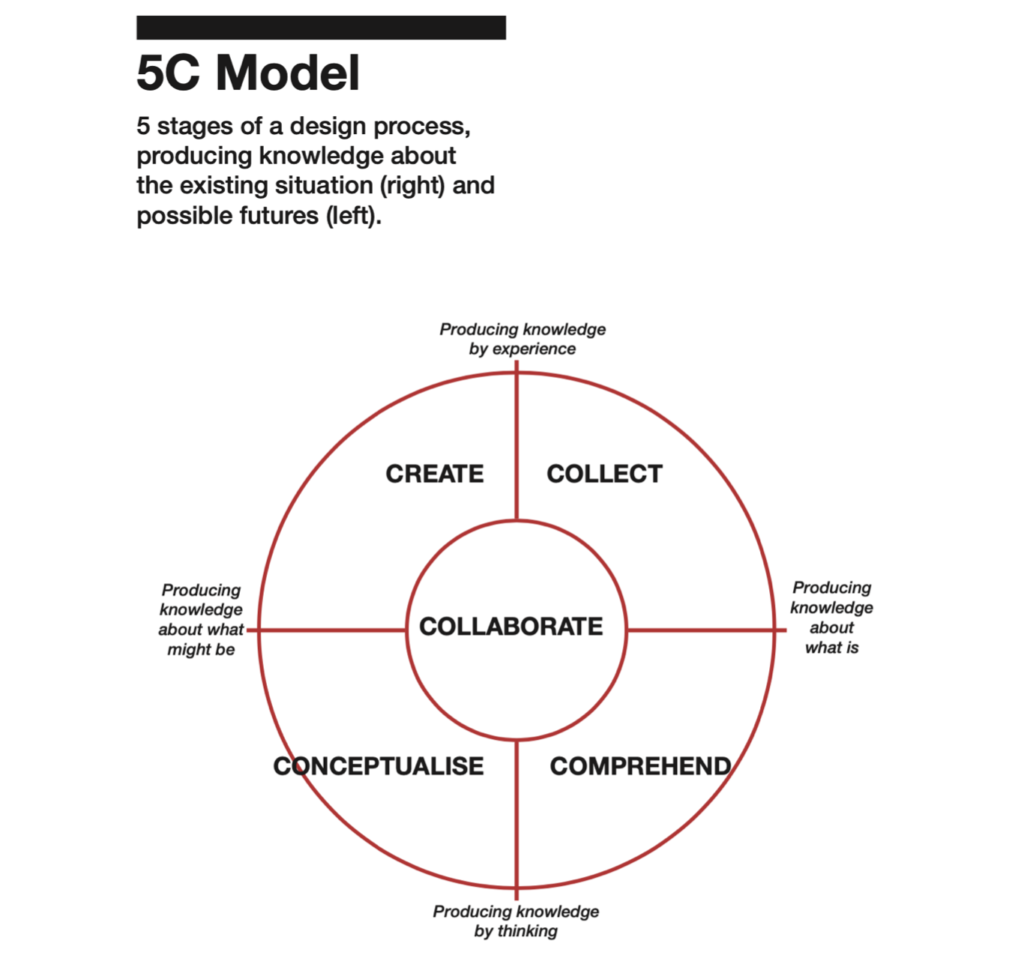
Project 1: Journey map
In the brief of this project, each of us is asked to make a map of our own based on personal experience. I want to let everyone know me from a novel perspective, rather than simply describing life experiences and skills. I made a map by classifying my 100 dreams. In this project, I learned how to make a sketch book and how to quickly record my ideas and plans.
Project 2: Everyday People
This project allows us to start collecting data on a certain problem by observing people’s daily life, and to understand the needs and pain points of users. I not only used first-hand research methods such as photographs, interviews, questionnaires, etc., but also searched for information on the Internet, literature, etc., to clarify the characteristics and needs of the target group, and learned several different user modeling techniques, and made personas, empathy map and customer journey maps,which makes me clearer about the needs of the target group.
Project 3: Rain Later
In this project, I first selected the target group, and based on the research and study and drawn the PACT analysis diagram, which is ‘person, activity, content and technology’. After drawing personas and analyzing similar apps, I learned how to make user processes, wireframes, low fidelity prototype, etc. Finally, I made a paper prototype and recorded a video to show it on my personal website.
Project 4: Conscious consumption
In the last project, I reviewed and used the research and technology knowledge I learned before, and learned how to use software to create high-fidelity prototypes and interface effects, which allowed me to create apps with rich visual effects. This project is the first time I have completed app production independently, and I have experienced all the steps and processes of app production.
Blog:
Through the weekly blog task, I read and watched a lot of articles and videos, allowing me to learn a lot of professional knowledge about interaction design. For example, I learned how to make a sketch note, which allows me to record knowledge and ideas in this way during my studies, it can improve my learning efficiency. In addition, I also learned how to make a web page by myself.
I – Interpret the events
Through this semester of study, I learned what I should do as a communication designer, including skills and ideas. Communication design is that designers create and establish connections between people, products and services, and use information technology as the main medium. In the previous study, I did not pay much attention to the psychology of users, I paid more attention to their needs, but this is far from enough. As a communication designer, I must use empathy to observe and understand the needs of users. Kouprie and Visser (2009) once stated that compassion is a necessary quality to develop products that meet customer needs, so empathy must be used reasonably when designing. When I was making Project 2, I used empathy to communicate with users in the preliminary interview and research stage, and understood their experiences as much as possible within the framework of user reference, and imagined me as a target user. I found this assumption to be very effective, and I did understand the user’s experience and needs from a psychological perspective. This method will allow me to study very comprehensively and thoroughly in the research stage, and lay a good basis for the subsequent design.
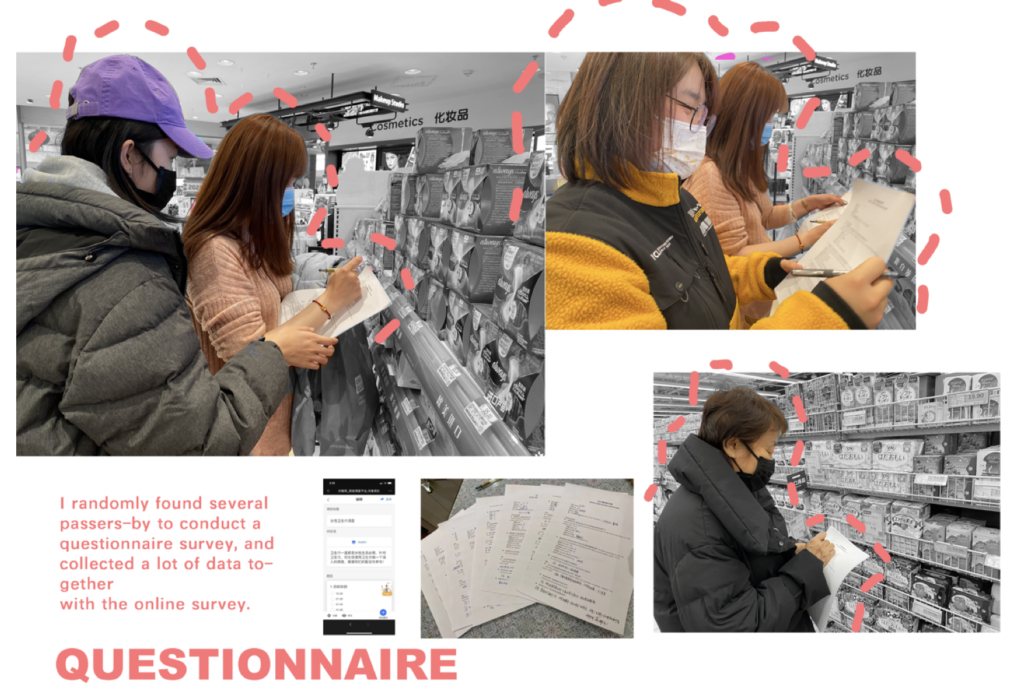
E-– Evaluate what I learned
In this semester, I learned a lot. First, I learned a lot of design methods and design concepts from the teacher’s explanation and reference materials. Second, I learned a lot of professional skills through production projects, such as making personas, wireframes, high-fidelity, etc.
The course of communication design is not only a design course, but also a practical course to understand user psychology. Communication design is a user-centered design. We need to understand user needs, ideas and methods, and integrate this understanding into every aspect of the process (Garrett, 2003). It means that our design should communicate with users as much as possible, no matter which design stage we are in, we can’t be separated from users.
With the advancement of science and technology, new materials and new types of media are gradually born, which provides us with more design opportunities. Friedman (2015) once believed that the future of design lies in designers exploring and developing new areas. At this stage, the current design form has gradually developed from handicraft to many aspects, especially in the direction of new media. Correspondingly, the needs of users will gradually transition from traditional design to modern design, so as a communication designer, I should learn new materials and media to express my design ideas, so that users have a better experience in life.
I also learned a lot of design methods. What I learned the most was that I learned how to use Design Kit for more systematic design when I wrote the 8th week of the blog. It explained in detail what the designer should do in each step. I think this is very useful for me. It makes my design process more planned.
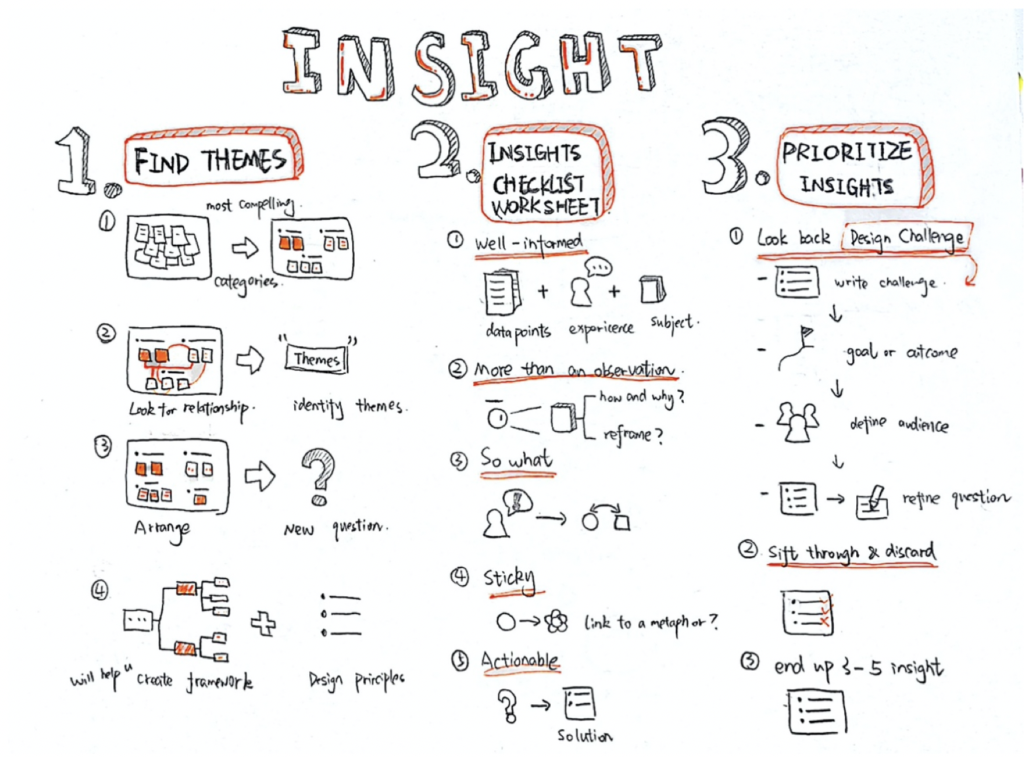
While learning theoretical knowledge, I also kept learning and practicing professional skills about communication design through making projects. After completing projects 2, 3, and 4, I not only learned more research methods, such as taking photos, interviews, questionnaires, etc., I also learned how to make user modeling techniques, such as empathy map, storyboard, personas, etc. In addition, I also learned to make flowcharts, wireframes, and high-fidelity prototype skills. I think this not only improved my learning ability for me, but also enriched my knowledge in communication design, and laid a good foundation for the future road of design.
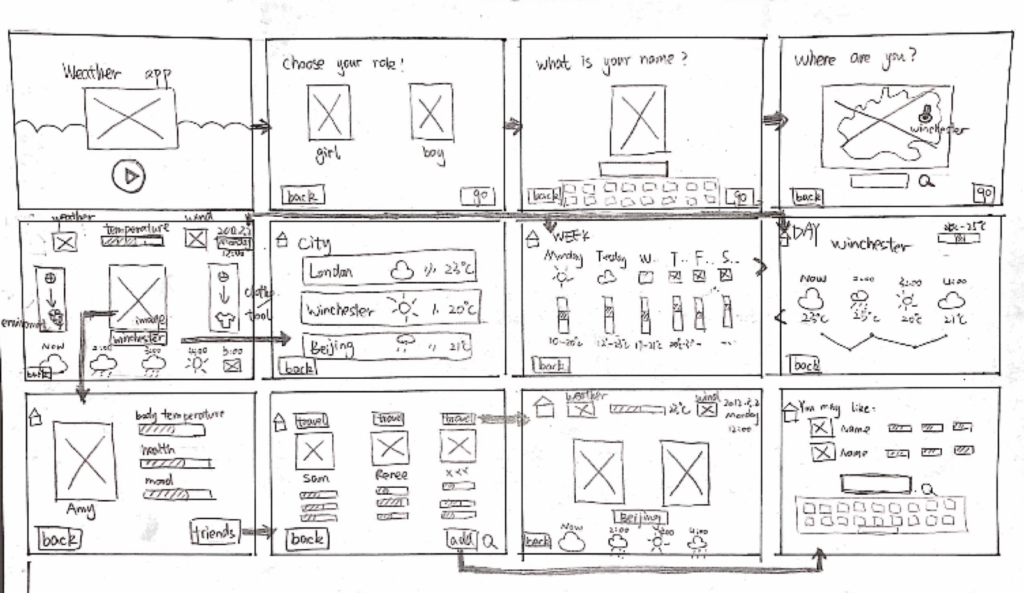
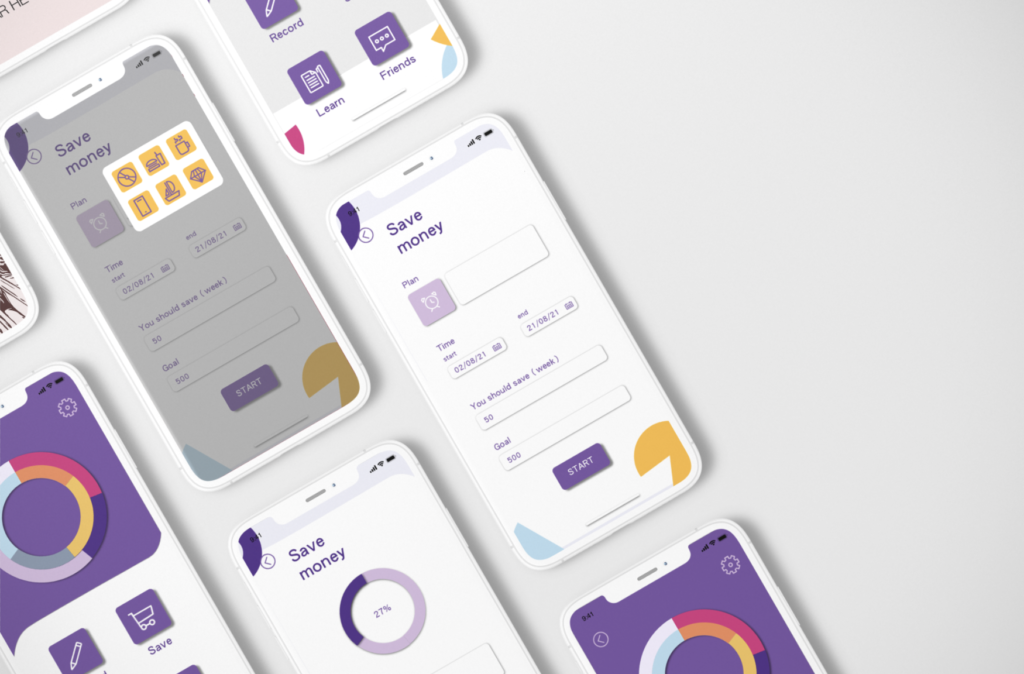
P – Plan how this learning will be applied
Through this semester’s study, I systematically learned the design thinking and design methods of the communication design major. From research to drawing user modeling, from sketches to high-fidelity models, not only broadened my design thinking, but also allowed me to learn more design methods, which made me very rewarding. This strengthened my career plan to become an interaction designer in the future.
What I learned the most during this semester was how to use empathy to understand the needs and pain points of users. Because I am a person with high empathy ability, but I have never used this ability to think in previous designs. But through learning in this area, I can use empathy to understand the needs of users very efficiently, and design user-central works. In addition, the strong empathy allows me to find many problems in my life, which can trigger me to think more, so as to carry out the next stage of design and work. I enjoy this process very much.
Previously, my personal learning efficiency was very low, but my efficiency in team work was much better than my personal efficiency. Although we were unable to communicate with the team face to face due to the impact of covid-19, I used to do homework with a few companions through videos call. Under mutual supervision and communication, our learning efficiency has become very high. In the future study, I will participate in the team as much as possible to maximize the efficiency of each of us.
In the design, I found that sometimes my design is limited to the surface and cannot be detailed. Later, I reflected that communication design is not just an independent subject. It not only understands the psychological and behavioral characteristics of target users and produces various effective interaction methods, but also involves knowledge of multiple disciplines. This requires me to broaden my knowledge in daily life, not only to learn the knowledge of communication design, but also to involve knowledge in other fields, such as sociology, psychology, and behavior. Because in this way, my design can be more persuasive, deeper and meaningful, so that users can have interest and confidence in my work.
Reference:
Jesse James Garrett, The Nine Pillars of Successful Web Teams, 2003
Kouprie, M., & Visser, F. S. (2009). A framework for empathy in design: stepping into and out of the user’s life. Journal of Engineering Design, 20(5), 437-448.
Friedman, K., Lou, Y., & Ma, J. (2015). Shè Jì: The Journal of Design, Economics, and Innovation.